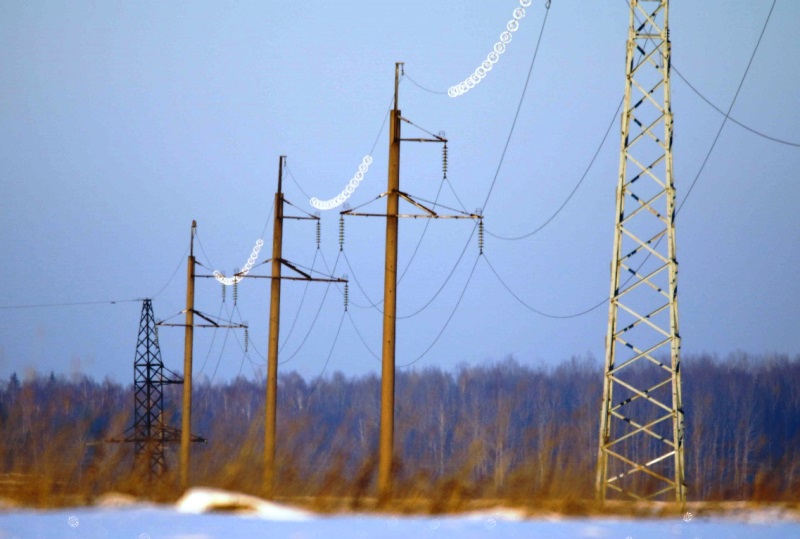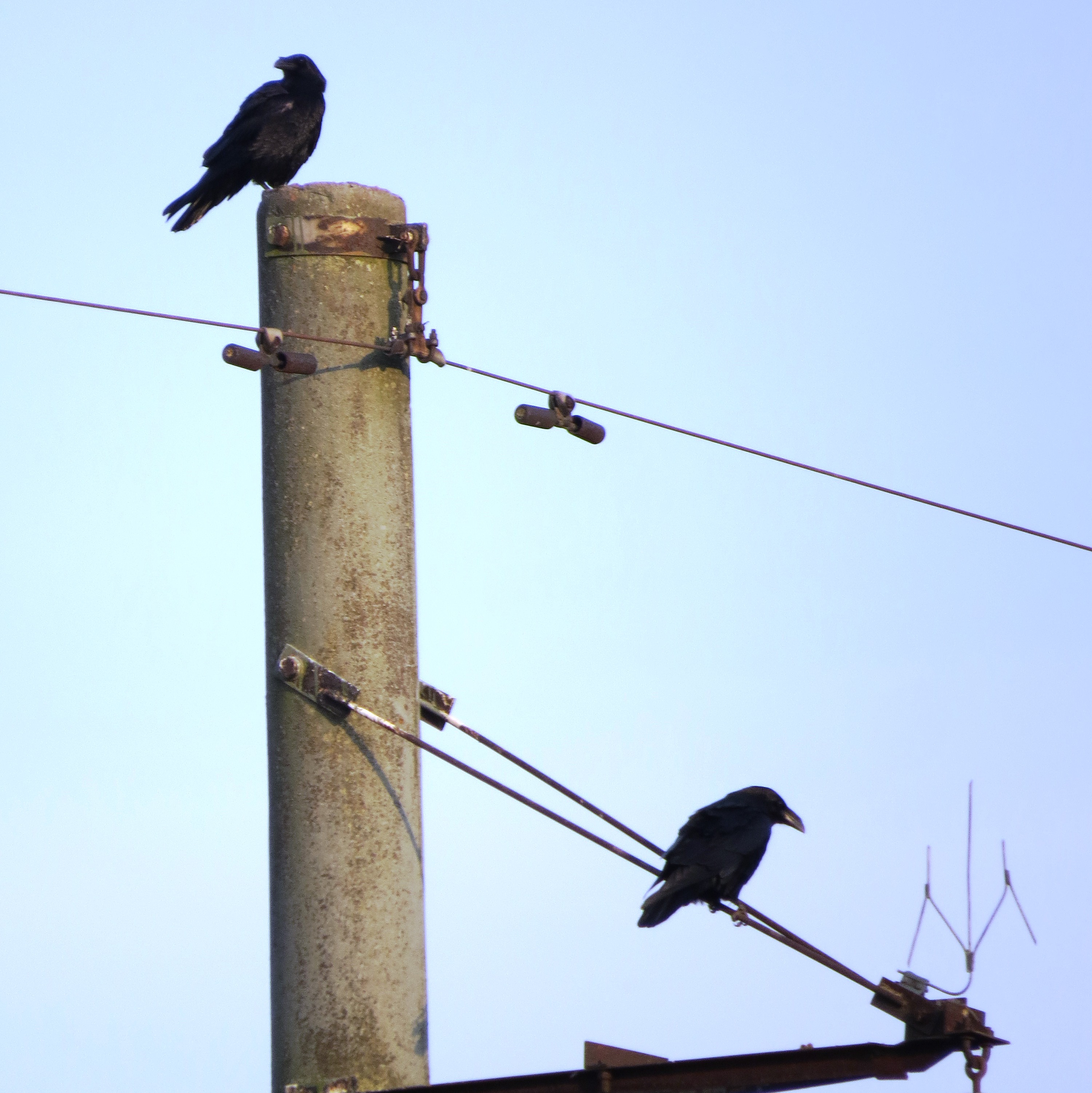After summarizing the monitoring of Project activities in 2015, Project staff has prepared the report of D2 activity (Ex-ante and post-ante monitoring on the effectiveness of the project conservation actions). The report provides the methods of the project conservation actions, which include the monitoring of bird mortality under high voltage power transmission lines before and after putting the measures of visualization, data on White storks mortality of electric charges and the survey of efficiency of nest-boxes for Kestrels. You can find here the data collected prior to implementation of project activities, and data collected in 2015, which helps to evaluate the first results of the actions implemented.
More
After the first frost millions of birds moved South. A large part of them have passed through Lithuania, another part is still on the move. These days the biggest flocks of passerines have left our country, however, waterfowl are on migration making longer stops in our water bodies. One of such places serving not only as temporary stop, but also as a wintering place, is Kaunas. Kaunas Hydroelectric Power Plant built after damming the River Nemunas in the last century, even during the coldest winters prevents the river waters a few kilometres down the Plant from freezing.
More
On the 16th-17th January several pairs of Common Ravens were observed near their nests on the high voltage electricity poles in Trakai and Varėna districts. Birds did not breed, although were preparing their nests and chasing away potential competitors. In several different places both members of the pair were guarding the nests.
Common Ravens start breeding early, usually in February, but sometimes in mild winter conditions can start breeding even in January.
More


 Kaunas. M.Karlono nuotrauka - Copy.jpg)





